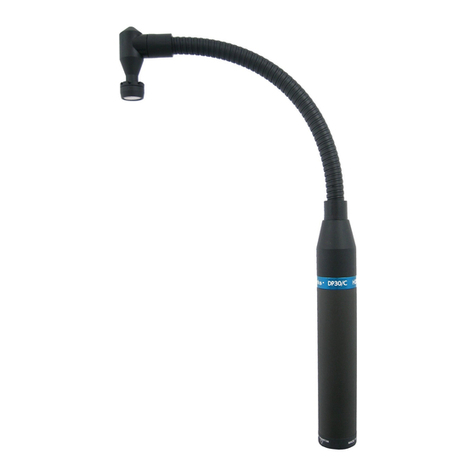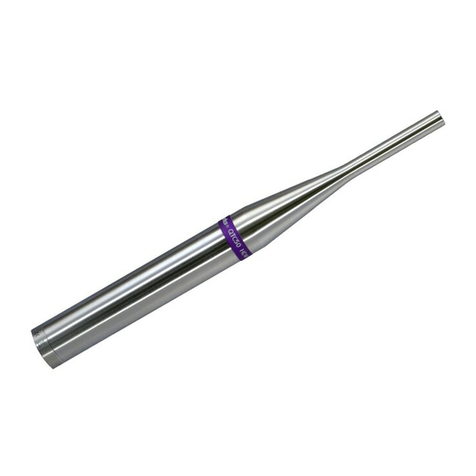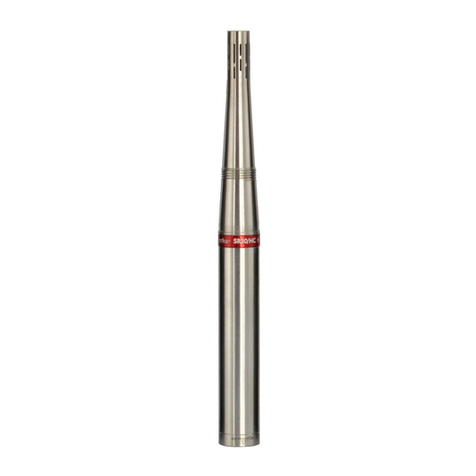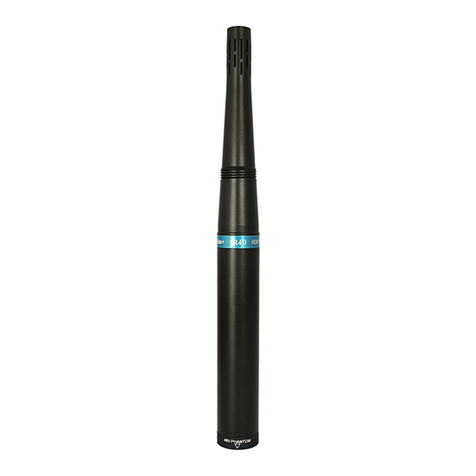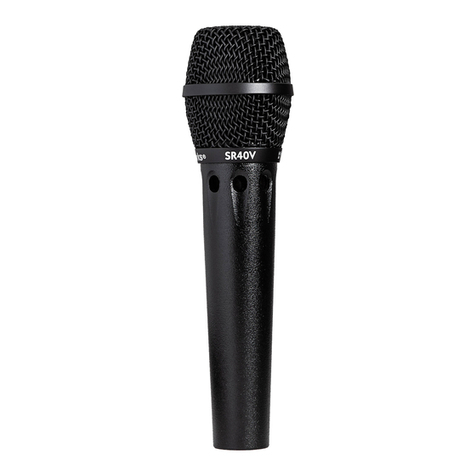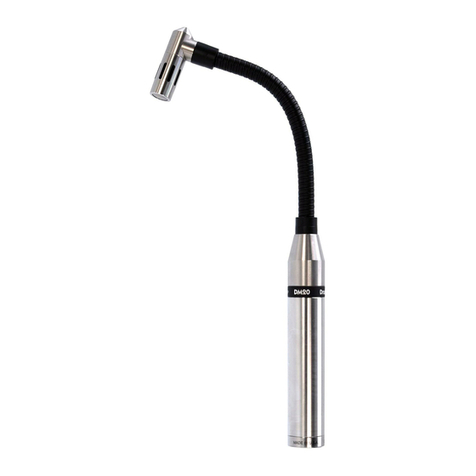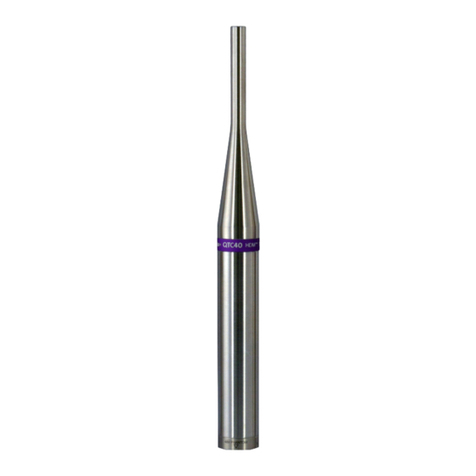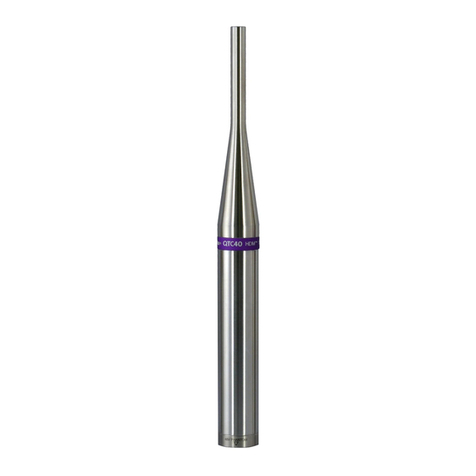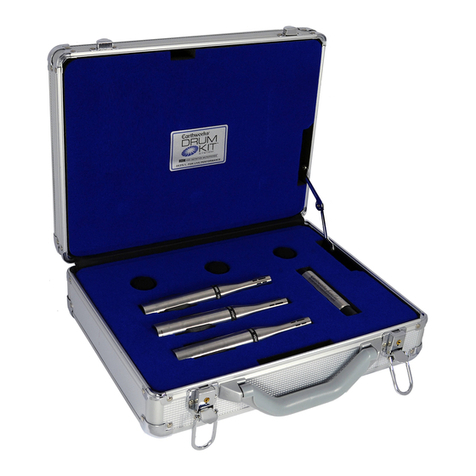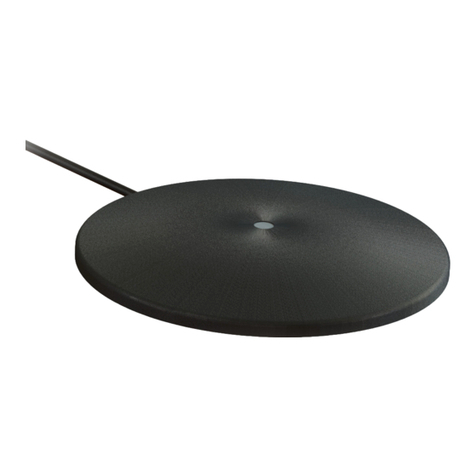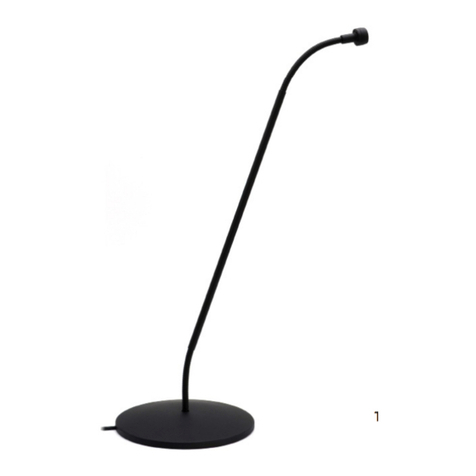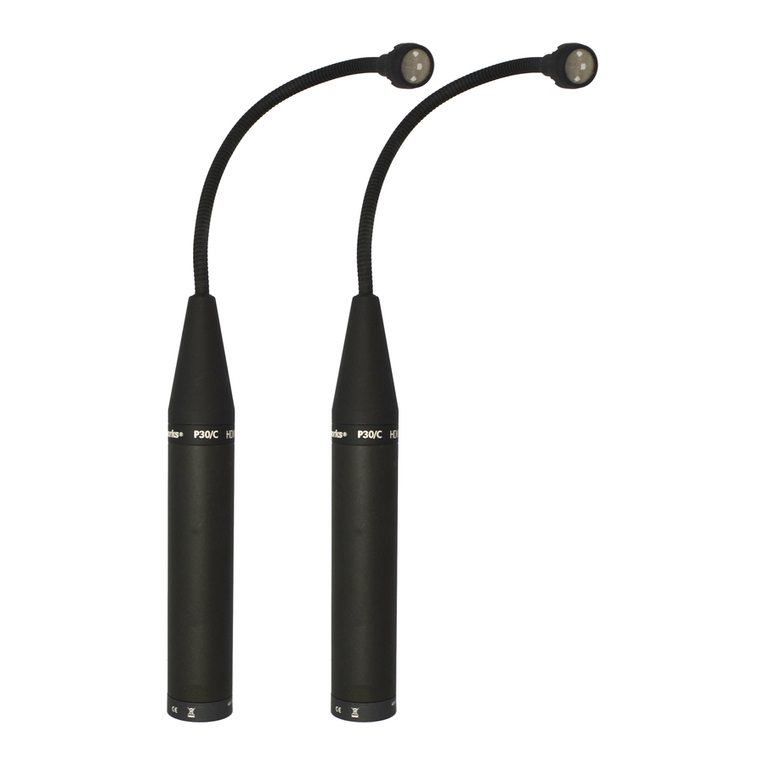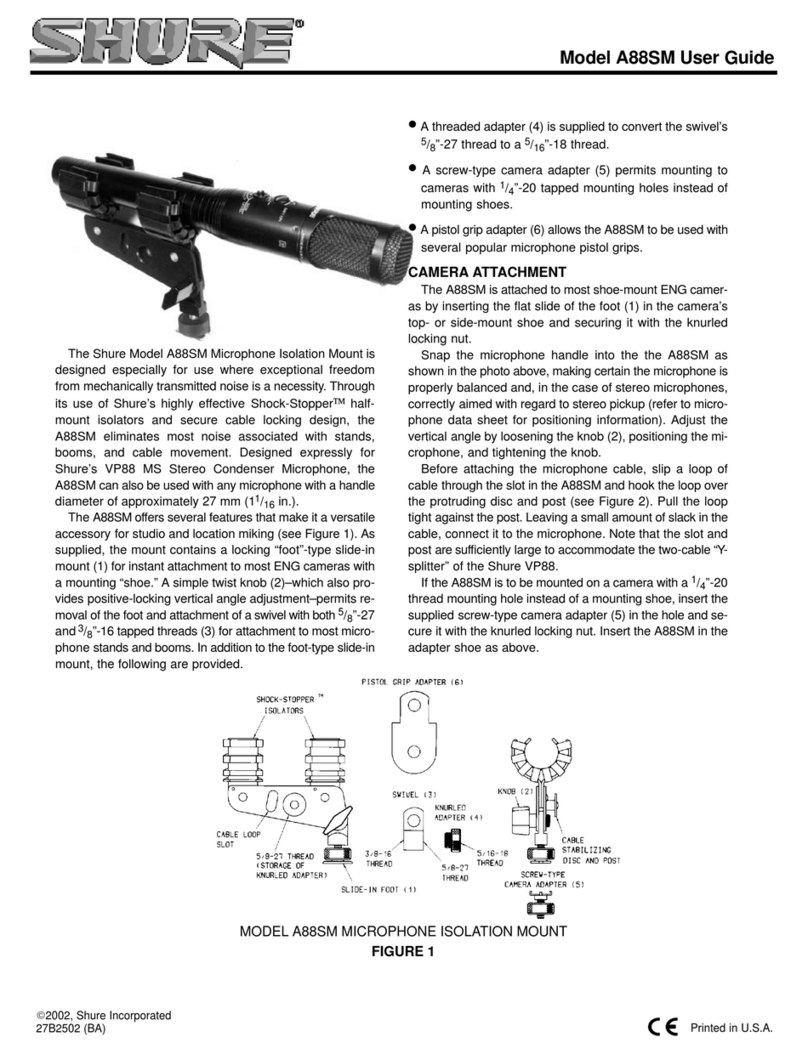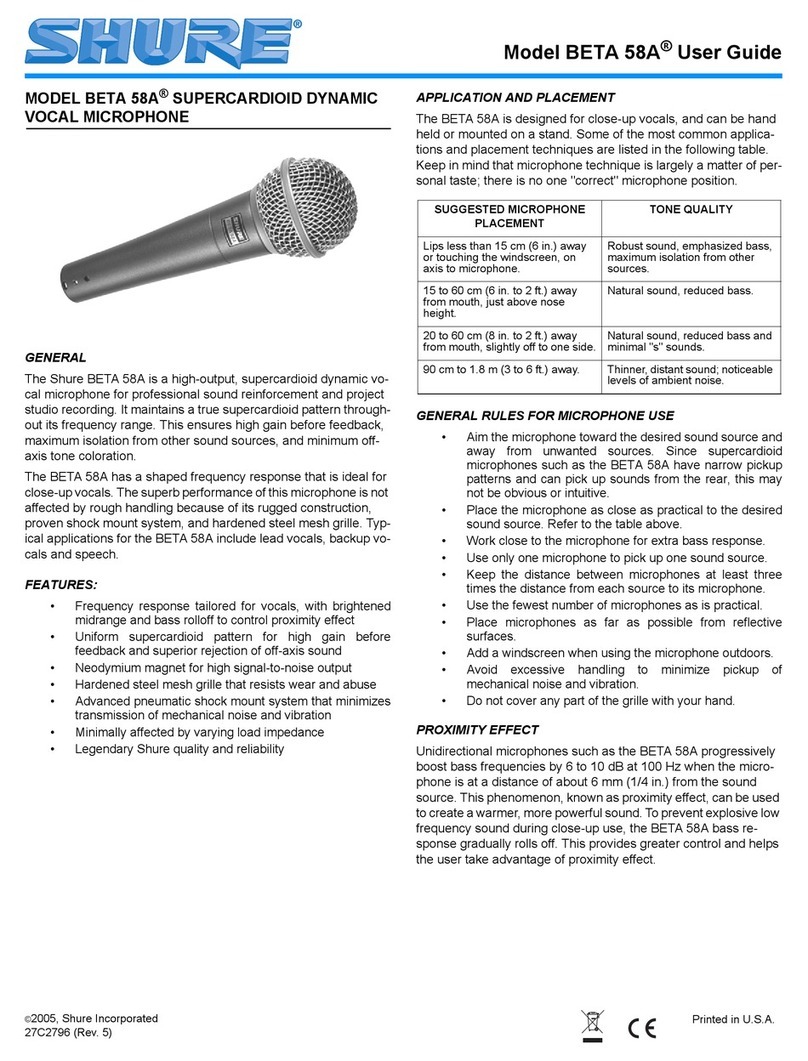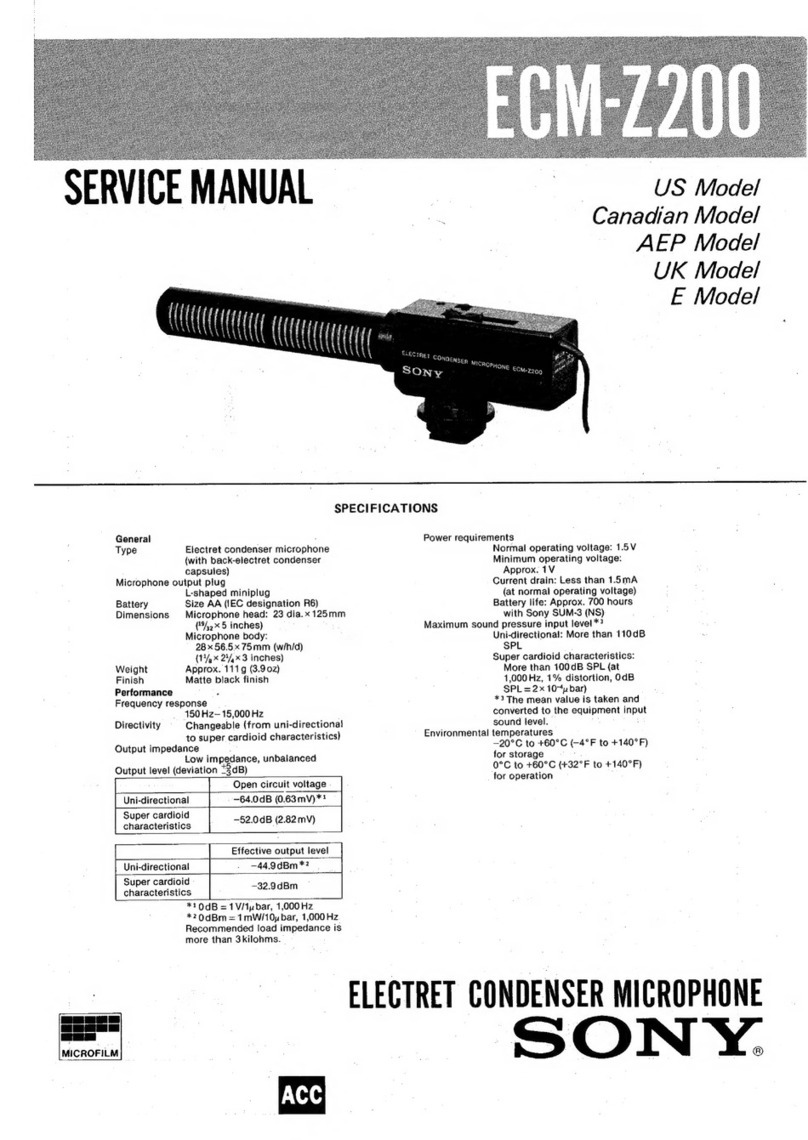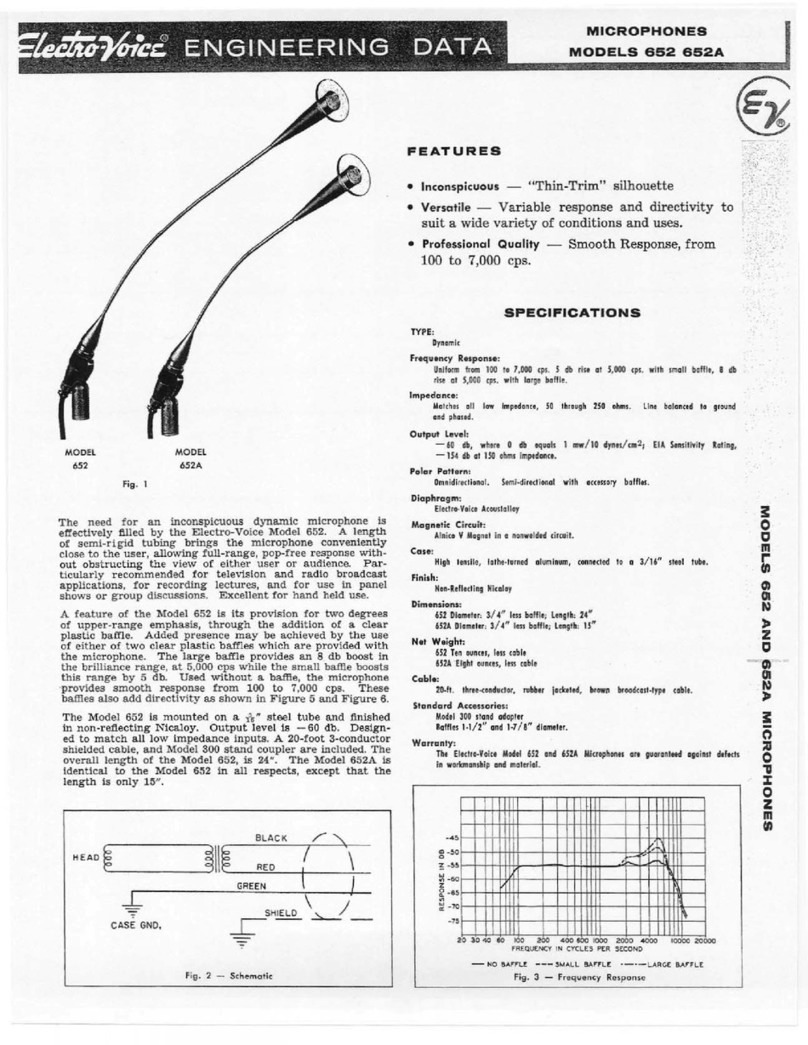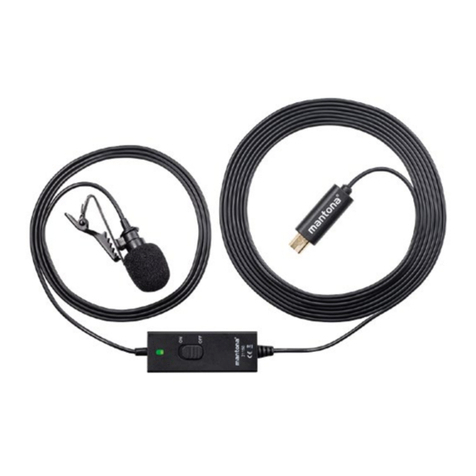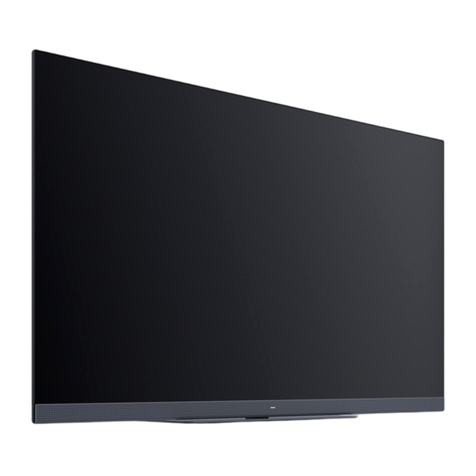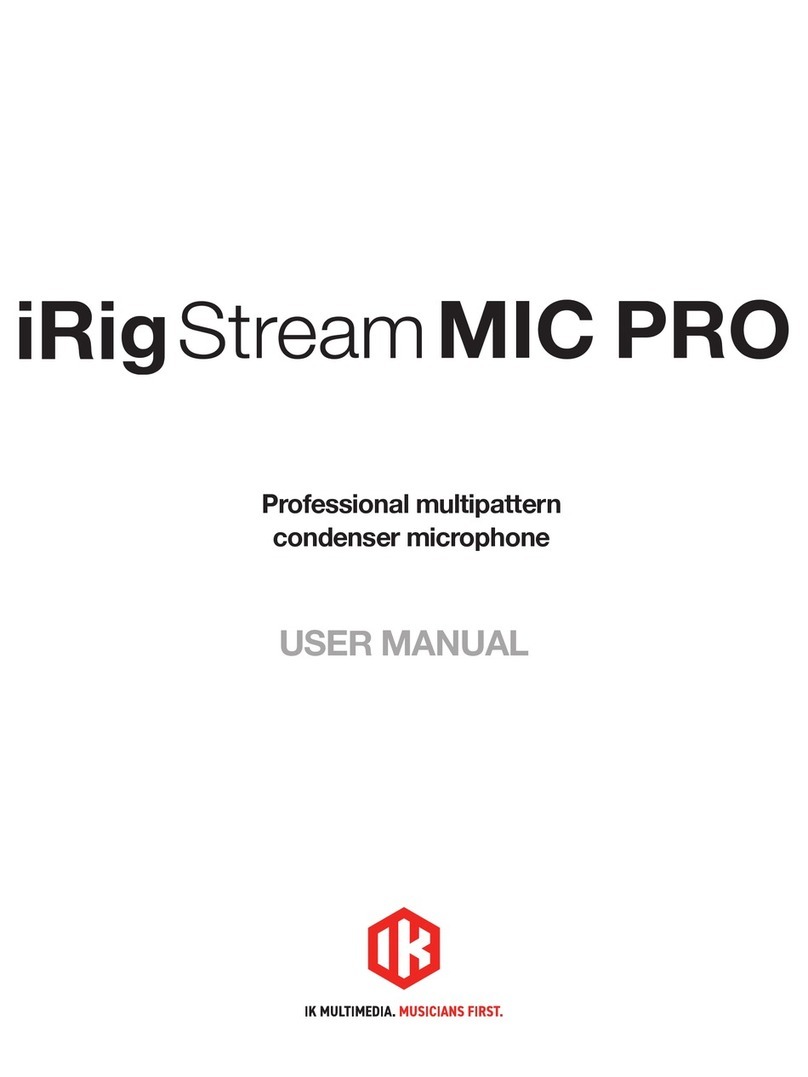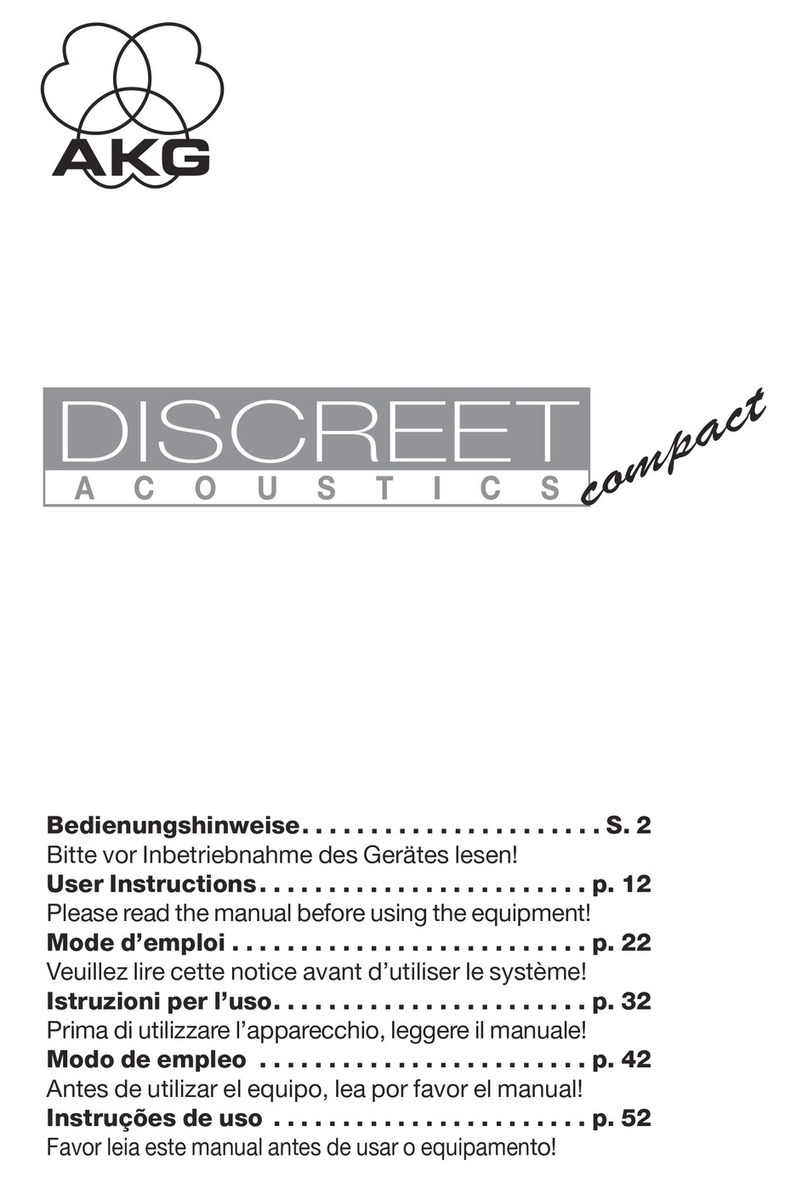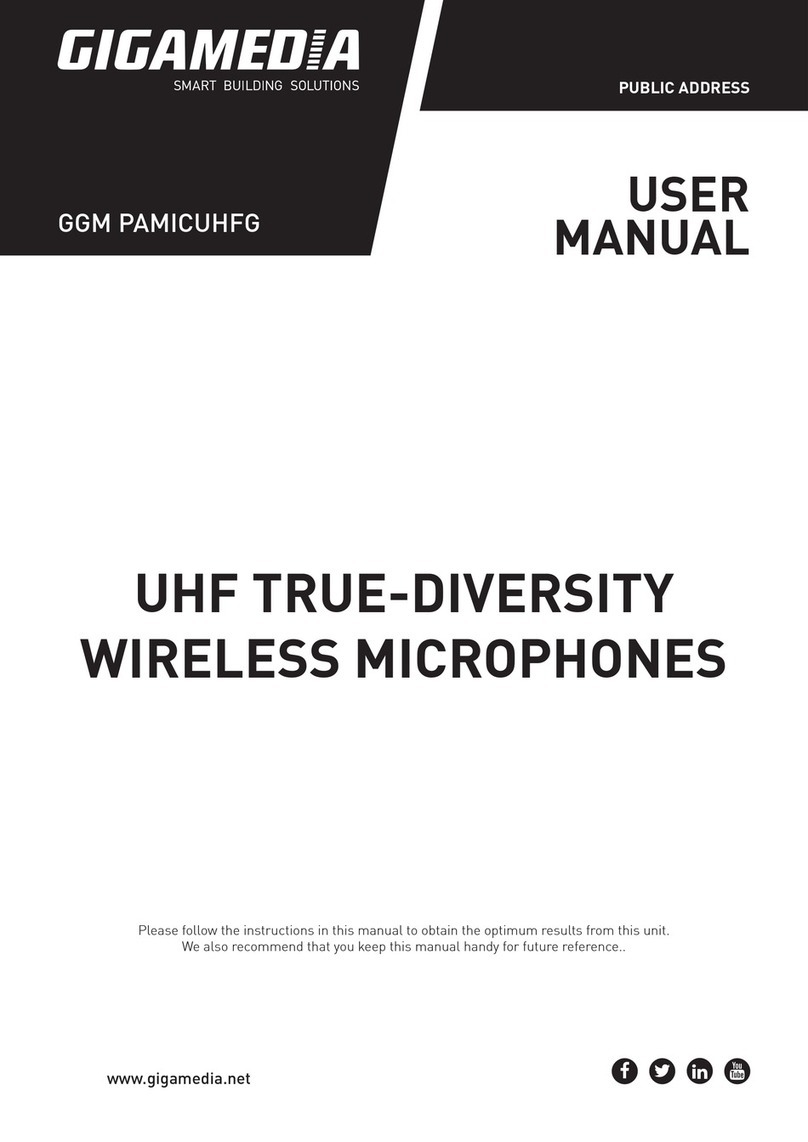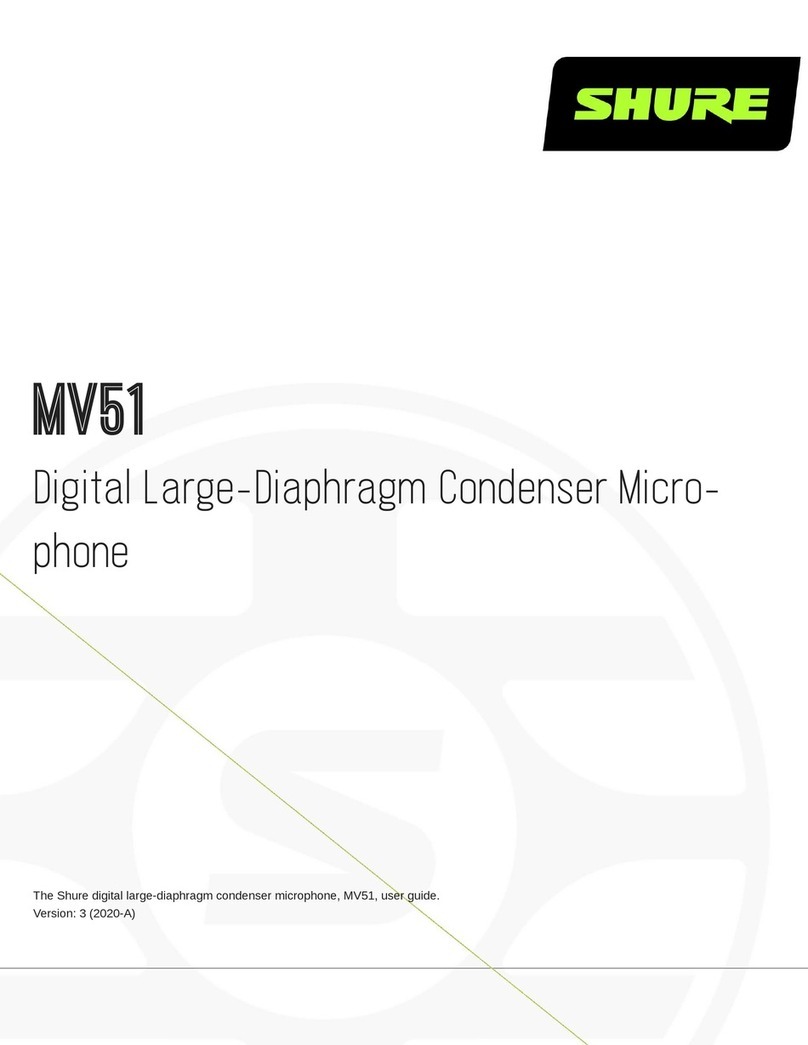
3
Earthworks High Definition Microphones™
the New Science in Microphones
David Blackmer, the brilliant engineer who invented the innovative
technologies of dbx, is also the inventor and founder of Earthworks.
In the last few years of his life, David developed a number of revolu-
tionary technologies that dramatically improve the sound quality and
performance of microphones. In short, Earthworks High Definition
Microphones™ pick up sounds more accurately and with more detail
than conventional microphones. These dramatic improvements are in
the areas of impulse response, diaphragm settling time and advanced
polar technologies. Those who have heard Earthworks High Definition
Microphones™ say they have more rear rejection and more gain before
feedback in addition to hearing more detail of the attack, more subtle
detail from low level signals thereby providing a more pristine sound
quality than any conventional microphones can provide, regardless of
price.
Miking Drums
There are many ways to mic drums and it seems that most every record-
ing or live sound engineer has their own way of doing this. Our objective
is not to indicate which drum miking approach is better, but to make sug-
gestions and look at the advantages and disadvantages of each. Every
engineer or producer uses their own methods to obtain the results they
desire, and that’s what matters.
Multi-microphone Method
The objective in multi-microphone drum miking is to place a separate
microphone on most or all the elements of a drum set. Typically, sep-
arate mics are used on snare, toms, hi-hat and kick drum, along with
one or two overhead microphones. The overhead mics pick up the
overall sound of the drum set including cymbals (which are typically
not miked separately). By this method, the mixing engineer can control
the level, and signal processing (limiting, EQ, etc.) for each element of
the drum set (toms, snare, hi-hat, etc.). This provides a great deal of
control over the sound of the entire drum set and allows bringing out
certain patterns on hi-hat, snare, etc. Multi-miked drums are desirable
for live sound, providing more control and increased gain before feed-
back, and when recording in a large room with high ambient sound this
reduces the amount of unwanted room sound and provides greater
control of the drum mix.
